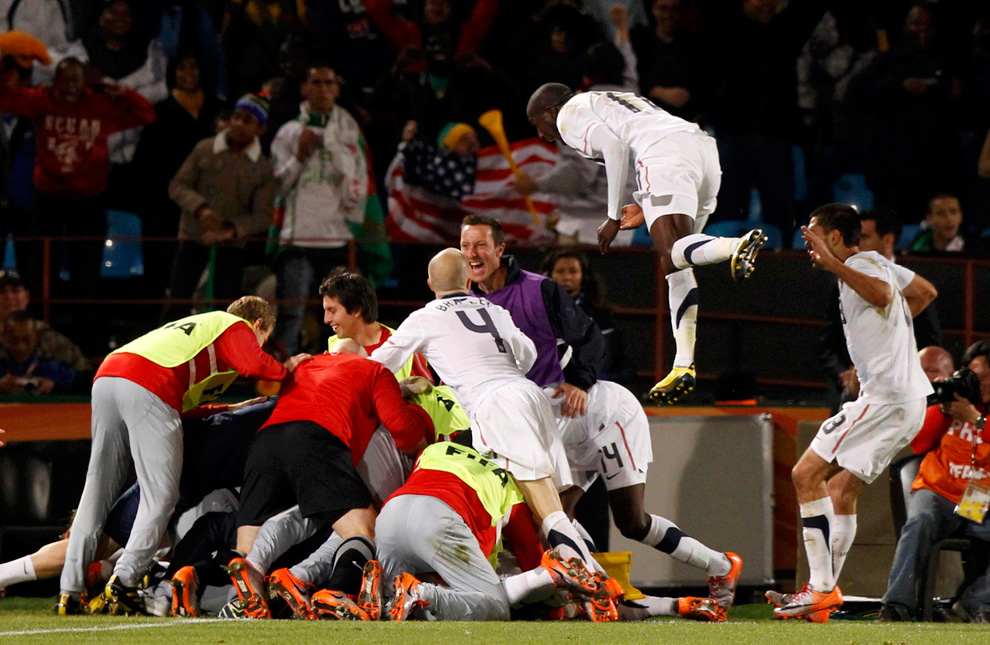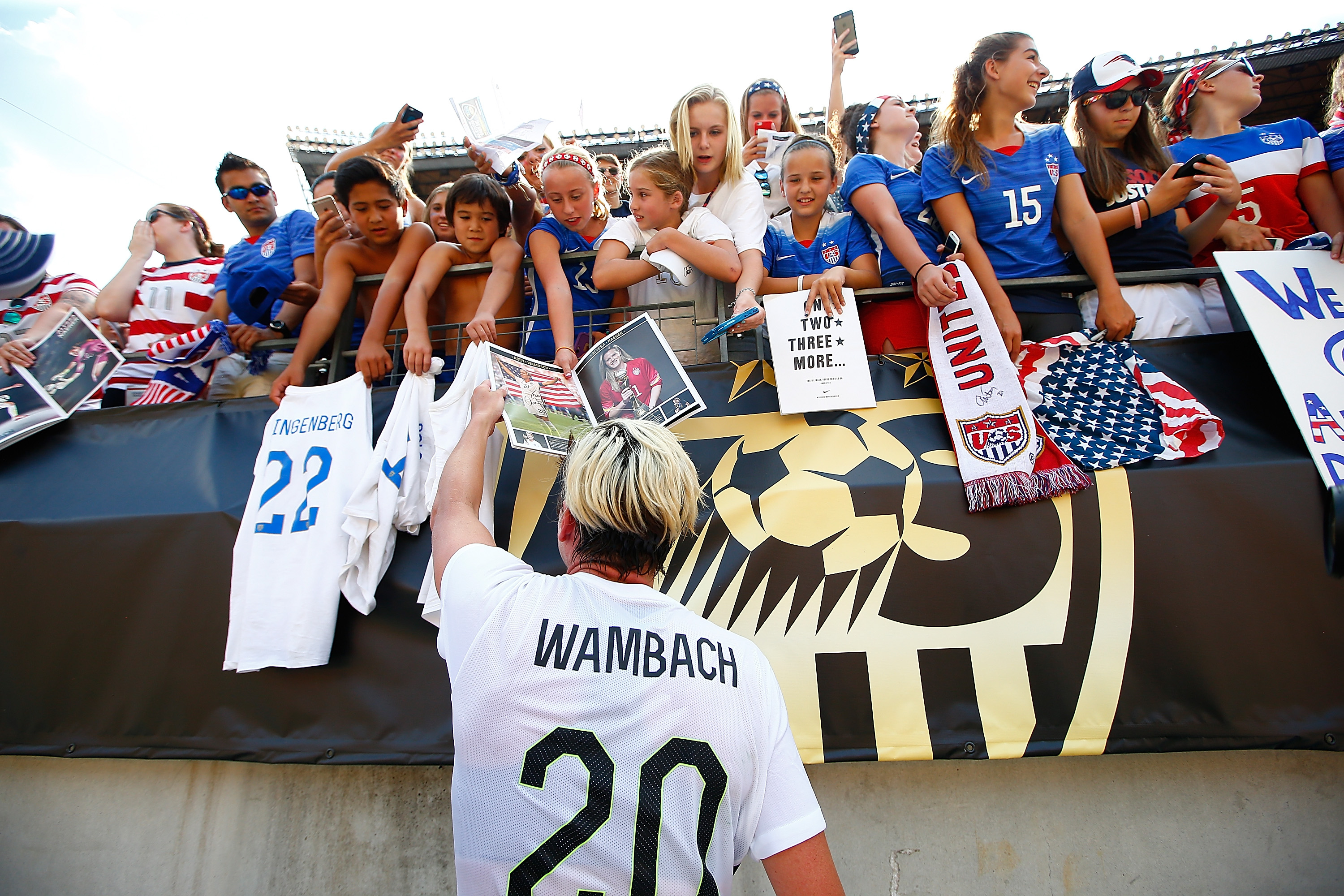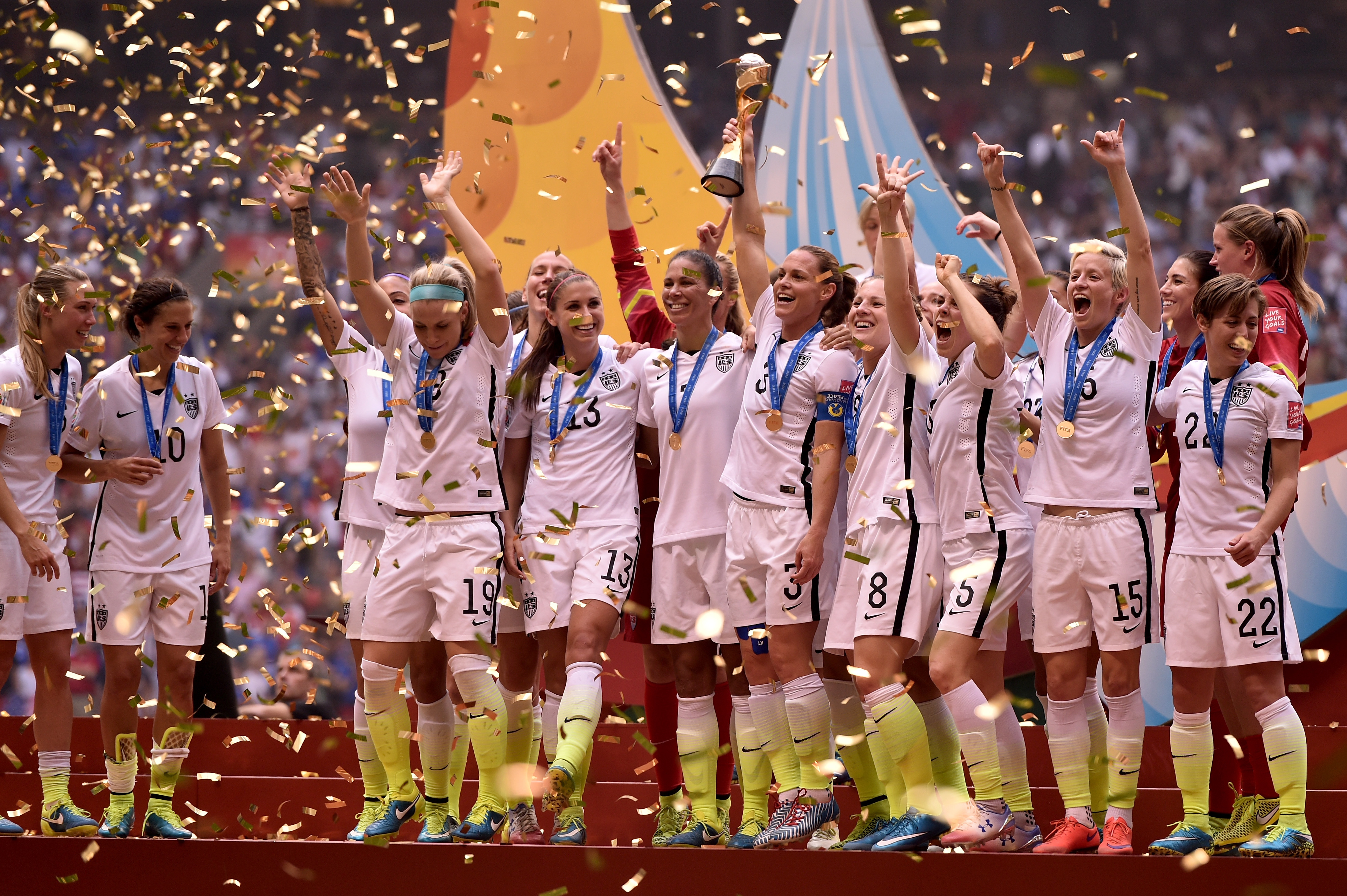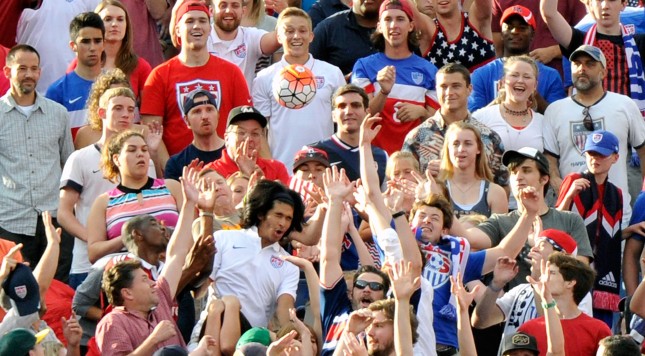U.S. Soccer revealed more information as well as the framework for their new youth player health and safety campaign. Two doctors involved in the campaign, Dr. George Chiampas and Dr. Margot Putukian were on hand to answer questions and further explain various parts of the campaign.
The U.S. Soccer player health and safety campaign, officially named Recognize to Recover, got much attention a few weeks ago when they revealed that heading would be banned in U-10 play and limited for youth players from U-11 to U-13. Even though heading would be banned and limited in preteen youth soccer circles, Dr’s. Chiampas and Putukian stated that when done the correct way, heading has not shown to cause concussions, based on information and research they have obtained.
Obviously, this can cause some confusion. A big question people will ask themselves is that if heading isn’t shown to cause concussions, why is it being banned? Dr. Chimpas stated that the intent of banning heading is to reduce aerial challenges, which can cause concussions. While the actual act of heading the ball hasn’t shown to cause concussions, an inadvertent elbow to head, head to head or head to ground collisions that come with aerial challenges to head the ball can potentially cause concussions and that’s what they want to limit. So while they didn’t come right out and say this, it does sound like some sort of heading drills could be okay since it will promote proper heading techniques and there would be no aerial challenge to speak of.
Some suggested that players wearing some type of headgear would help reduce concussions. Dr’s. Chiampas and Putukian reported that based off of information and research done in American football and hockey, headgear was not shown to prevent concussions either. It helps with preventing skull fractures, which is why Petr Cech wears it, but nothing has shown for it preventing concussions. They’re also concerned that with the type of media hype that has been shown surrounding this form of headgear without proper data and research backing those claims, many parents and coaches may get the wrong idea and think they are helping when they really aren’t.
Speaking of helping, a big pillar of Recognize to Recover will be education. The goal is to have everyone who is involved with the game to be educated but training would be specific with players, parents, coaches and referees/officials to recognize symptoms to determine a variety of soccer related injuries. In addition to concussions, heat related injures will also be focused. Other topics will be unveiled in January 2016, when Recognize to Recover officially begins. The overall intent is to lower injuries in all age groups within U.S. Soccer.
It is also stressed that Recognize to Recover will be an evolving program based on new information that comes out. It’s tough to launch a program like this when there isn’t as much medical information about head injuries in kids so standards will be updated as new information is unveiled. As of now, with limited data but enough to go off of, it’s very much a “better safe than sorry” approach. More info on Recognize to Recover as well as the concussion and heat related illness mandates set by U.S. Soccer, visit ussoccer.com/about/federation-services/recognize-to-recover






